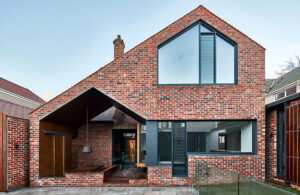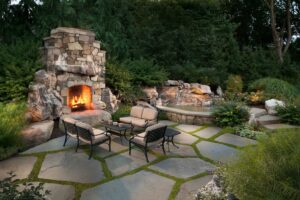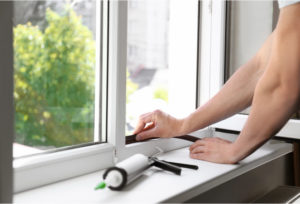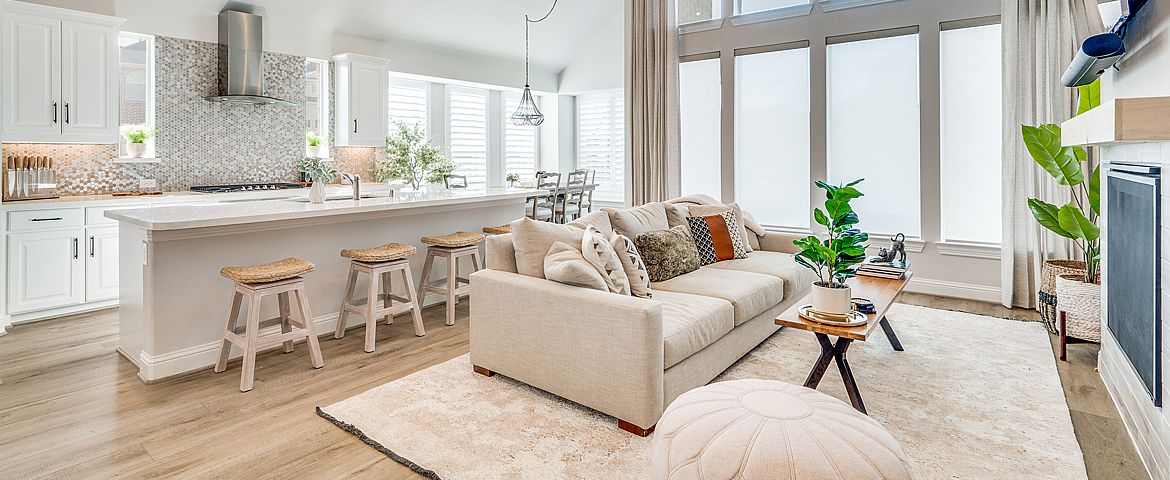
Understanding the role of sustainable interior design is essential for promoting an eco-friendly and responsible approach to creating living spaces. This article delves into the importance of sustainability in interior design, its applications, and the advantages and disadvantages of adopting green design principles.
Why Sustainability in Interior Design Matters
- Improved Quality of Life: Sustainable interior design aims to enhance the quality of life by creating spaces that are not only aesthetically pleasing but also comfortable and healthy to live in.
- Environmental Preservation: It is a crucial step towards preserving our environment and reducing the negative impact of interior design on the planet.
- Ethical Responsibility: Sustainable design reflects an ethical commitment to environmental conservation and responsible resource management.
- Cost-Efficiency: While initial investments in sustainable materials and practices may be higher, they often lead to long-term cost savings in terms of energy efficiency and maintenance.
What Is Sustainability in Interior Design?
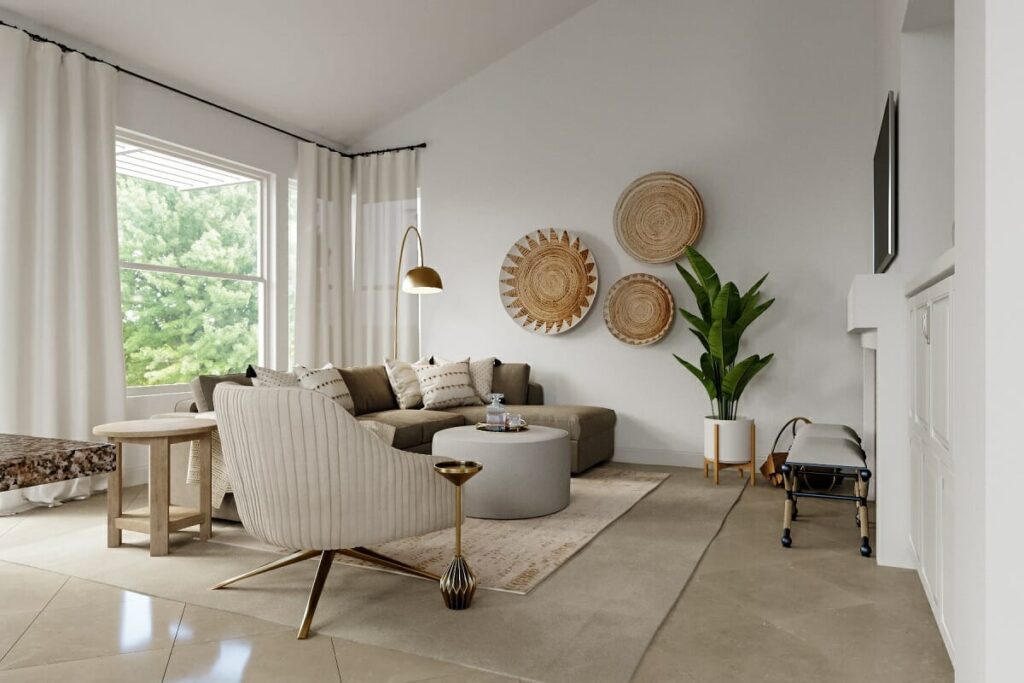
Sustainability in interior design involves incorporating materials and practices that adhere to principles of economic and ecological sustainability. It seeks to create environmentally responsible and visually pleasing living spaces while considering the entire lifecycle of items to minimize environmental harm.
Interior designers achieve sustainability by using renewable, recyclable, and biodegradable materials. For example, opting for bamboo over hardwood for flooring can reduce environmental impact.
Advantages of Sustainable Interior Design
- Environmental Benefits: Reduced carbon footprint, resource conservation, and minimized waste contribute to a healthier planet.
- Energy Efficiency: Sustainable designs often incorporate energy-efficient lighting, appliances, and HVAC systems, leading to lower utility bills and reduced energy consumption.
- Improved Indoor Air Quality: The use of non-toxic, low VOC materials promotes healthier indoor air quality, benefiting occupant health.
- Long-Term Cost Savings: While initial costs may be higher, sustainable design can lead to savings through reduced energy and maintenance expenses.
Disadvantages of Sustainable Interior Design
- Higher Initial Costs: Sustainable materials and technologies can be more expensive upfront, which might deter some clients.
- Limited Availability: In some regions, sustainable materials may not be readily available, limiting design options.
- Design Constraints: Sustainable design may impose certain constraints on the creative aspects of interior design due to the need to adhere to eco-friendly principles.
Implementing Sustainability in Interior Design
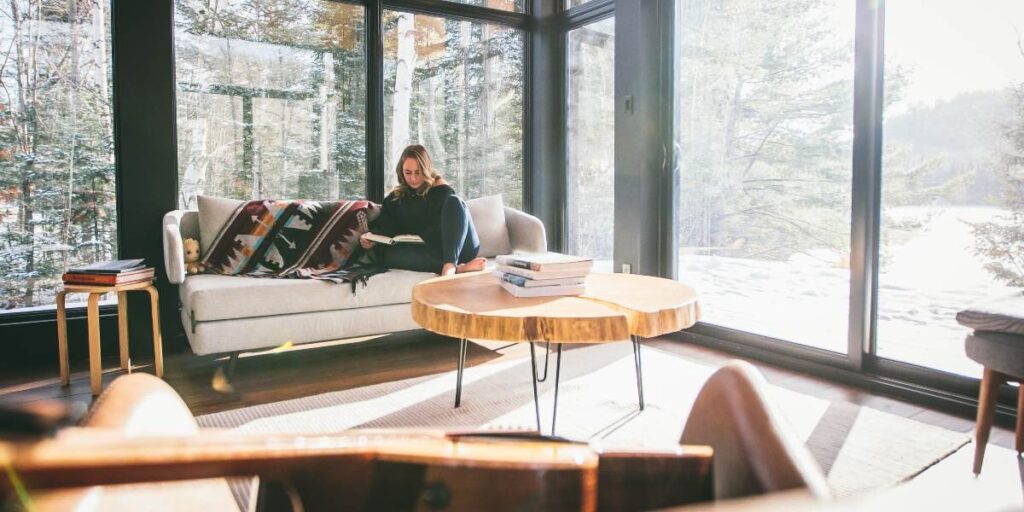
- Material Choices: Opt for sustainable materials like bamboo, restored wood, natural stone, and recycled aluminum.
- Energy Efficiency: Use energy-efficient lighting, appliances, and HVAC systems. Maximize natural light and consider solar design techniques.
- Indoor Air Quality: Prioritize non-toxic, low VOC materials and incorporate natural elements like wood and stone.
- Proper Ventilation: Promote cross-ventilation to improve air quality and consider the benefits of natural light on occupants’ well-being.
Difference Between Green Design and Sustainable Design
- Green Design: Focuses on reducing environmental impact through energy-efficient infrastructure and practices.
- Sustainable Design: Concentrates on creating long-lasting, functional spaces using recycled and eco-friendly materials while considering the entire lifecycle of items.
Why Sustainability in Interior Design Is Essential?
- Responsibility: It is our responsibility to preserve natural resources and reduce our environmental footprint.
- Quality of Life: Sustainable design enhances the quality of life by creating healthier and more comfortable living spaces.
- Cost Savings: It can lead to long-term cost savings and increased efficiency.
- Ethical Commitment: It reflects an ethical commitment to environmental conservation and responsible resource management.
In conclusion, incorporating sustainability into interior design is not only a responsible choice but also a path to a more fulfilling and eco-friendly way of living. It benefits both the present and future generations, and it is a step towards a brighter and more sustainable future.



